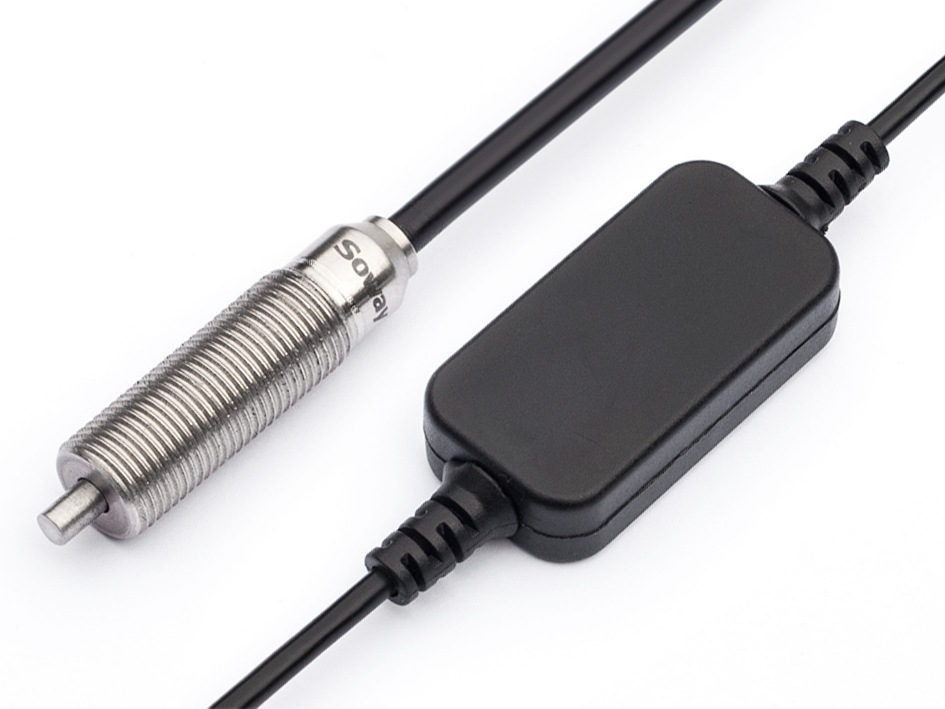Enhancing Aerospace Precision with LVDT Displacement Transducers
In the aerospace industry, where precision and reliability are paramount, LVDT displacement transducers have become essential components for position sensing and structural monitoring. These sensors play a critical role in ensuring flight safety, equipment accuracy, and long-term operational stability under extreme environmental conditions.
Unlike traditional mechanical sensors, LVDT (Linear Variable Differential Transformer) transducers operate with a non-contact measurement principle, which eliminates friction and mechanical wear. This makes them particularly suited for aerospace applications where equipment must function flawlessly across thousands of cycles, intense vibration, high temperature variation, and atmospheric pressure changes.

In aircraft systems, LVDT displacement transducers are commonly used in:
Flight control systems – for real-time actuator position feedback.
Landing gear monitoring – to measure retraction and extension distances accurately.
Jet engine components – such as turbine blade clearance or valve position sensing.
Satellite mechanisms – to track precise linear movements during deployment.
Because aerospace systems demand millimeter-level precision under high-stress conditions, LVDTs are favored for their high resolution, repeatability, and long-term drift resistance.
Shenzhen Soway Technology Development Co., Ltd., as a premier manufacturer in the sensor industry, offers a range of LVDT displacement transducers designed to meet the stringent demands of aerospace applications. Our product line includes models such as SDVG20 series split type, SDVB20 series rebound type, SDVN8-4 Pneumatic, and SDVH8 Pen Series, all engineered to deliver precise measurements with excellent linearity and outstanding durability.
LVDT sensors deliver precise, real-time position feedback that is essential for automation, diagnostics, and control. With their ability to operate reliably in harsh environments, these sensors are indispensable for maintaining the performance and safety of aerospace systems.
